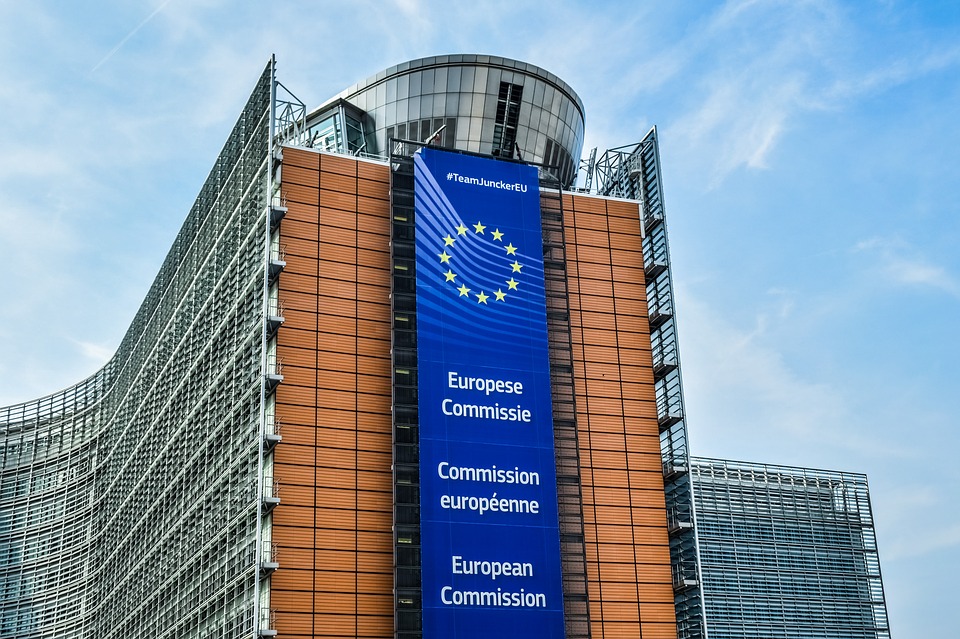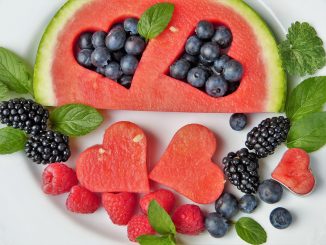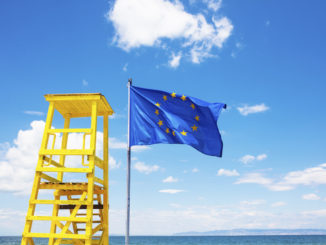
As the eagerly awaited EU Commission Farm to Fork and Biodiversity strategies are about to be released tomorrow, a battle is on for the specifics. In leaked drafts of the farm to fork, seen by ARC2020, the following specifics are excluded through the use of “XX%” rather than a specific number: pesticide risk and use, fertilizer use, antimicrobial use and increase in organic farming.
Its not clear whether this is a redaction or if the Commission was avoiding a leak of the most sensitive info – or if in fact there is still debate on the most important part of the document. It seems nothing else is missing, except these crucial details. See a snippet below:

When the Biodiversity Strategy – also due to be released tomorrow – was leaked by ARC2020 on 7th May, there were specifics in there –
- “The risk and use of chemical pesticides is reduced by 50% and the use of high-risk pesticides is reduced by 50%”
“The losses of nutrients from fertilisers to the environment are reduced by 50% and nitrogen use is reduced by 20%.”
“The uptake of agro-ecological practices is significantly increased and at least 25% of agricultural land is under organic farming management.
Pressure Points from Business-as-Usual
Since then, serious pressure has been applied to the Commission from many quarters, as the forces of business-as-usual circle around a real challenge to their power.
First out of the block was the head of ag lobby COPA COGENA Pekka Pesonen – the very next day. The short period of time between 7th May and 20th was clearly foremost in his mind, as the letter states: the good news is that Commission still has time to improve this draft proposal and address, in addition to many others, the above-mentioned shortcomings. This statement was made, while also making reference to other postponements that have occurred in this Covid19 era.
His letter (download it here) focused in particular criticising organics, pesticides and fertilizer, as well as on 10% non-productive areas.
Pesticide Action Europe (PAN Europe) has replied to this, in a letter (You can download this letter here) sent to Commissioner Timmermans and other involved Commissioners today.
Below we republish part of this PAN Europe reply plus an extra statement from Michael Hamell, formerly of the Commission.
“If we want to reverse the decline in biodiversity loss in arable farming, then we cannot push the environment to the edges of fields. Field size has grown across Europe over the last half century so field margins are the last bastion of declining biodiversity. We need to reverse this to protect and reestablish biodiversity. So, a different approach has to be taken. This requires the build up of biodiversity in the field through greater attention to soil organic matter and soil cover and a fuller understanding of using nature’s capital to bring benefits to farmers and farms. Biodiversity, in its multiple forms, is the farmer’s best friend. Continuously weakening it will mean an explosion in farmers’ costs and a huge loss of income which is the exact opposite of what COPA wishes. IPM is the friend of farmers and COPA should embrace it as a route towards profitability and sustainable agriculture.”
Michael Hamell Adjunct professor of agriculture, UCD
PAN Europe
COPA wants to retain business as usual by suggesting that reducing chemical pesticides use could increase the risk of lower EU crop production and hence lower it’s ability to provide sufficient food for the population.
RESPONSE.
1. The Commission is proposing a 50% reduction in chemical pesticide use but this proposal is not stand alone. It presupposes a different approach to crop production based on existing legislation and specifically on IPM within the sustainable use of pesticides directive. It provides MS with a roadmap for the achievement of its goal through NAPs which certainly need increased ambition in their development and implementation.
2. IPM is a system which puts hygiene and attention to cultural practices with respect to production first, then requires monitoring, forecasting and early warning systems as tools for control, then mechanical, physical and natural controls followed by biological control and finally, and only if necessary, chemical control. IPM is not new but it is dynamic and will always be so.
3. The current system of arable production depends on chemical pesticides as a first rather than a last resort to fight plant diseases. It has led to monoculture, a dramatic collapse of biodiversity, high levels of water pollution, air pollution and serious soil degradation. Continuing on this path will further undermine crop production and also farmers incomes as they become ever more dependent on purchased inputs and fail to build up the lands natural capital which provides benefits and cost savings.
4. IPM can apply across all crop sectors. It has dramatically reduced chemical pesticide use in greenhouse and protected crops. It has rebuilt consumer confidence in crops such as tomatoes and courgettes not just through its hygiene based approach but also in terms of far more efficient water and fertiliser inputs without loss of yield. Ongoing work on vines and orchards with respect to design as well as biological controls both contribute to much lower disease build up and loss of yield. In arable, it’s principal tool, rotations doesn’t just contribute to biodiversity but to soil and water protection. Rotations are as old as arable farming but are pushed aside by monoculture which is based on chemical pesticides.
5. Farmers have consistently provided evidence of the benefits of IPM on their farms at the annual symposia organised by IBMA, IOBC and PAN at the European Parliament since 2012. They have shown that they can maintain yields, reduce chemical pesticide inputs by over 50% and have more profitable farms where nature replaces purchased inputs and where disease issues are largely addressed before they develop into major problems.
6. On IPM itself, we believe that farm organisations should actually join IBMA, IOBC and PAN to push forward on certain issues such as;
An ambitious vision so IPM becomes the norm with its success measured not least in substantially reduced chemical pesticide with a bonus for farmers, consumers and environmentalists wrt lower pesticide residues, improved quality biodiversity, water and soil and a greatly improved image for European farming.
➡ The urgent need to fully address the authorisation issue for biological and low risk control. The SME driving this should not be penalised when it is their innovation which will bring the benefits of reducing much chemical pesticide use.
➡ The building blocks to help IPM need to be more fully emplaced and embedded into the CAP and this includes insurance where appropriate. But it also means that research, education, training, monitoring, early warning systems and independent advice are the norm rather than the exception.
➡ Finally, IPM needs to be seen as a business opportunity by large chemical pesticide companies. They need to forward plan with IPM in mind.
7. IPM is for crop production the equivalent of the high degree of hygiene practices favoured in public heath today in the battle against COVID 19. It brings enormous benefits and will be among the key means through which the 50% reduction in chemical pesticide use in Europe can be achieved. We look to farm organisations to work with us to achieve this vital objective.




